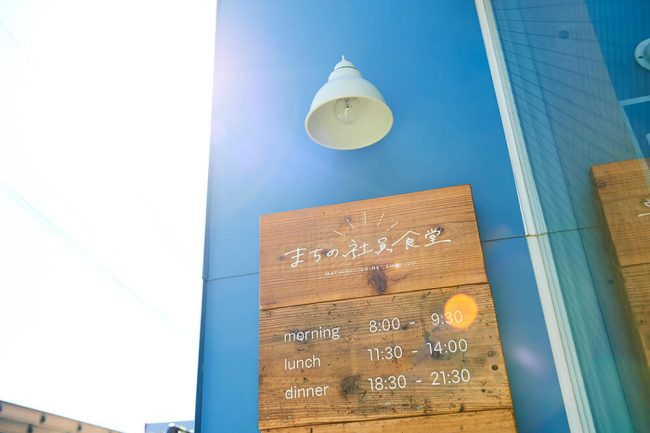Kamakura Breakfast: A Community Dining Experience
Aug 30,2018
Kamakura Breakfast: A Community Dining Experience
Aug 30,2018
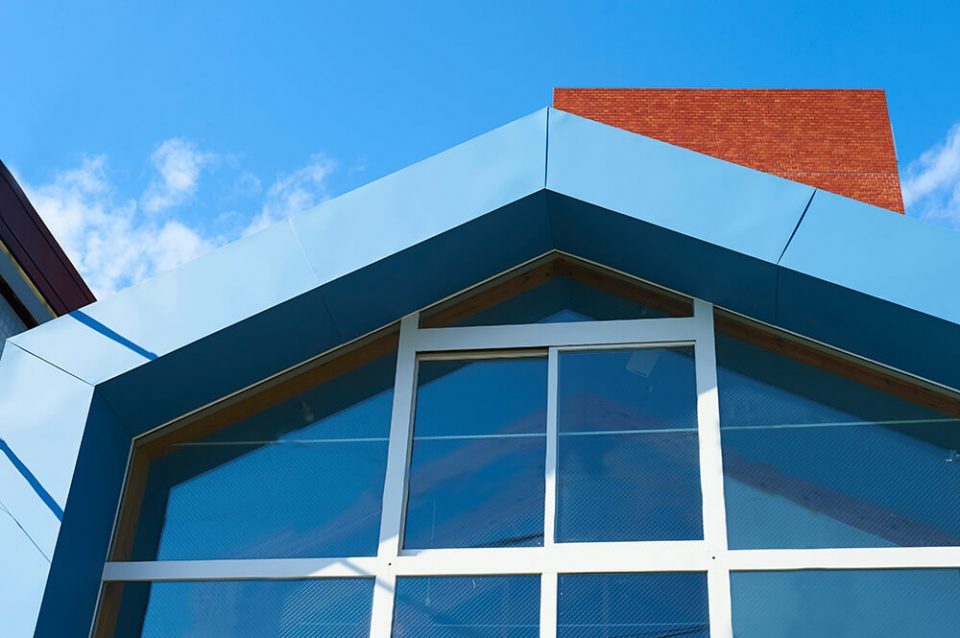

Kamakura is at once a place with a vibrant historical and cultural legacy and a place with a calming atmosphere. Having said that, its initiatives in innovation have garnered attention, as many IT firms are concentrated in the city and it has been selected both as an SDGs Future City and as an SDGs Model Project. What also makes it enticing is that it is a city that gets moving at the crack of dawn, with many restaurants and cafes serving delicious breakfasts. This may be due to its proximity to the ocean and the many surfers in the area or because the location is dotted with temples and shrines. So, when Machino Shine Shokudo opened in April 2018, it became the talk of Kamakura.
As the name Machino Shine Shokudo — which literally means Community Employee Cafeteria — suggests, the restaurant is open to people who work in the city. However, it is more than just an employee cafeteria. We spoke with Watanabe Yuko of Kayac, the company that conceived of and operates the cafeteria.
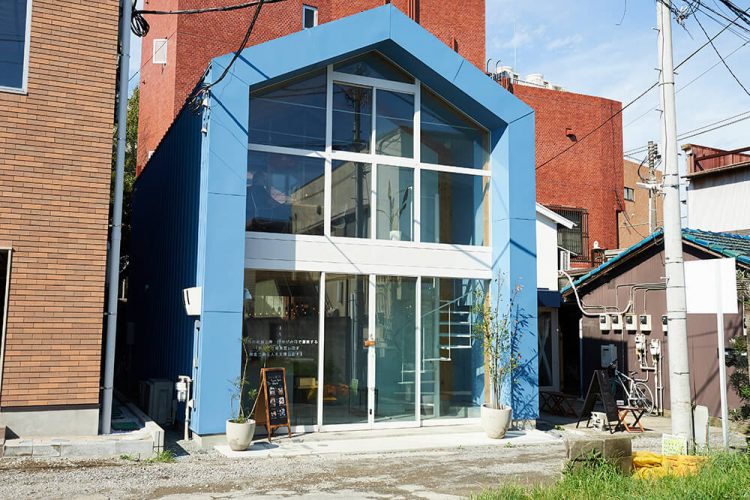

“Machino Shine Shokudo serves three meals a day — breakfast, lunch, and dinner — from Monday through Friday with a menu that changes weekly. The food is prepared by cafes and restaurants that have locations in Kamakura. Anyone who works in Kamakura is welcome to use the cafeteria. We also recruit member companies. Currently, we have 27 company members of Machino Shine Shokudo that use the cafeteria as a benefit program for their employees. Employees at member companies can enjoy course meals for 100 yen off the regular price.”
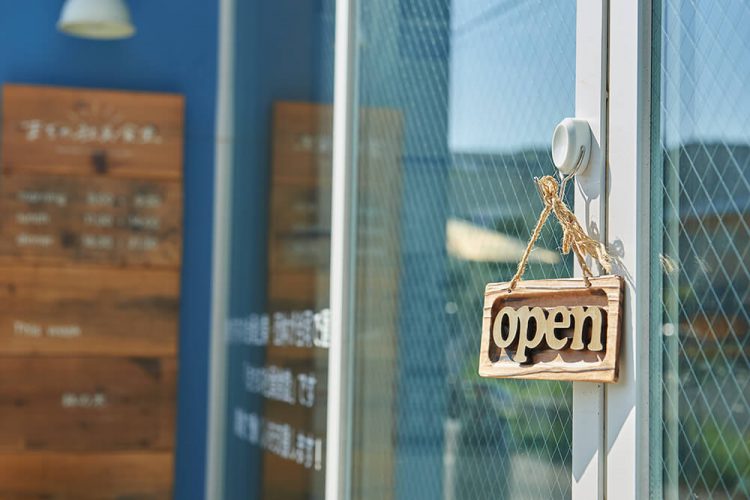
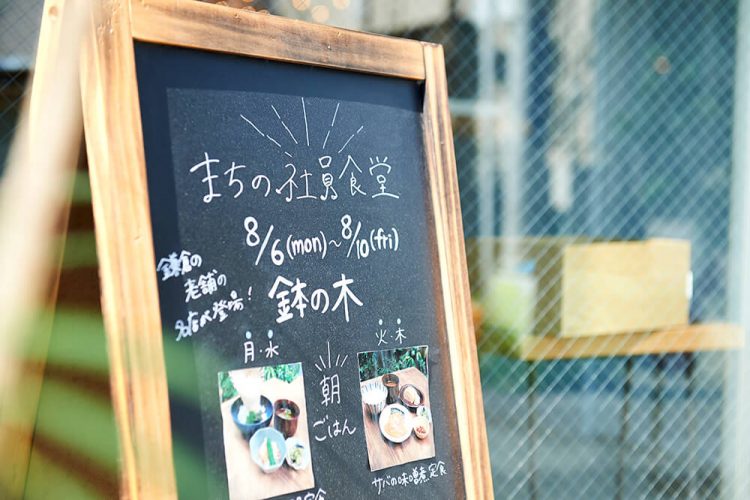
Cafes and restaurants operating in Kamakura provide meals on a rotating basis, and people working in the city come together at what is truly a community cafeteria. The concept is probably the first of its kind in Japan. But what led Kayac to decide to create such a cafeteria?
“The original impetus was that we wanted an employee cafeteria for our company. We had relocated our main center of operations from Kamakura to Yokohama because our staff numbers had grown, although we kept our head office location in Kamakura. However, as you might expect, our CEO and other employees wanted to return to Kamakura, where they felt at home. So, starting from last year, we began relocating some departments to Kamakura and this fall we expect to complete construction of a new company building in Kamakura. With the relocation, we also examined operating an employee cafeteria. There are many excellent restaurants and cafes in Kamakura, but because Kamakura is such a popular tourist destination, they are often crowded with sightseers. So that’s why we decided to create an inviting, affordable employee cafeteria where workers can drop in on an everyday basis.
Watanabe added, however, that if Kayac was going to operate a cafeteria, they wanted to do something more interesting than an ordinary employee cafeteria.
“We could have hired a catering company if we had just wanted to create a regular company cafeteria. But that wouldn’t be compelling. As we looked into it, we found despite the number of companies in Kamakura, very few had their own employee cafeterias. Given the potential, the concept for Machino Shine Shokudo came together with the idea that if we built a place for employees of various Kamakura companies to gather, new encounters and ideas would flourish there.”
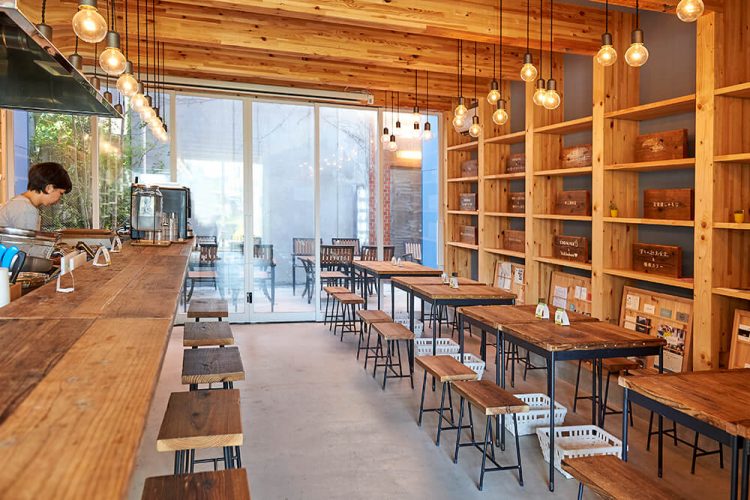
The cafeteria’s 8 a.m. opening time is unique for an employee cafeteria and one of reasons why it feels in tune with the spirit of Kamakura. When asked about this, Watanabe gave us the following answer.
“The average age of our staff is around 30. They are a cohort that wants hearty meals at affordable prices. Moreover, nutritious meals are the foundation for our employees to have a healthy work routine. So, it was obvious to us to serve three meals from breakfast to dinner. We selected participating restaurants that offer delicious and nutritious meals prepared with local ingredients whenever possible. One key attraction of the cafeteria is that the menu changes weekly, so you can have a different meal starting with breakfast every week, and you can savor the delicacies of Kamakura at every meal, week after week.”
On the day of our interview, the restaurant supplying the meals was Kita Kamakura’s Hachinoki, which has earned a Michelin Guide selection in the past. On the breakfast menu was a healthy and hearty course meal consisting of rice covered with grated yam, miso soup, and a few side dishes.
“Many of our participating restaurants prepare course meals for us that they don’t normally serve. People working in Kamakura are well aware of this, so on days when a popular restaurant is supplying the cafeteria, we get a lot of customers coming in seeking a rare meal. Some of our customers learn about new cafes and restaurants through the cafeteria and visit them during their regular opening hours.
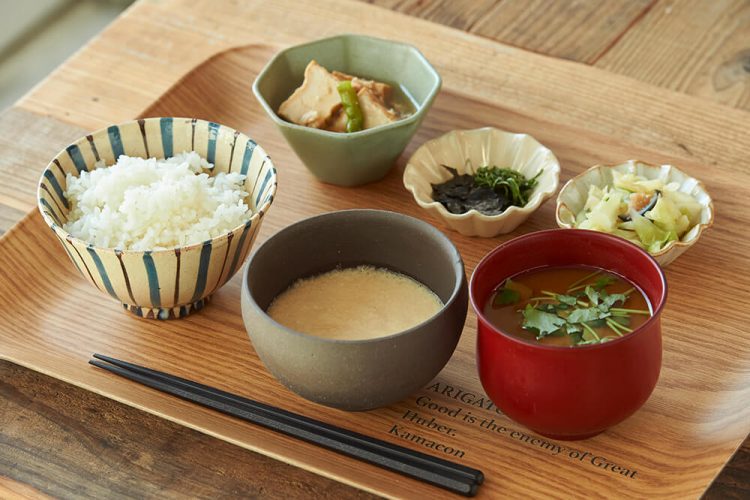
The cafeteria manager, Ishihara Aiko, describes the types of customers who come for breakfast. “In the mornings, we get people coming in who have just finished exercising or working out at a nearby yoga class and people who leave home early and stop by before work.”
“The atmosphere here is more relaxed in the morning, so our breakfast customers seem to like spending a slow, pleasant time in the morning. Many head straight to work from here, telling us ‘This has been the start of a good day’ or ‘This has put me in a good mood for the day’. I feel energized too as I see them off.”
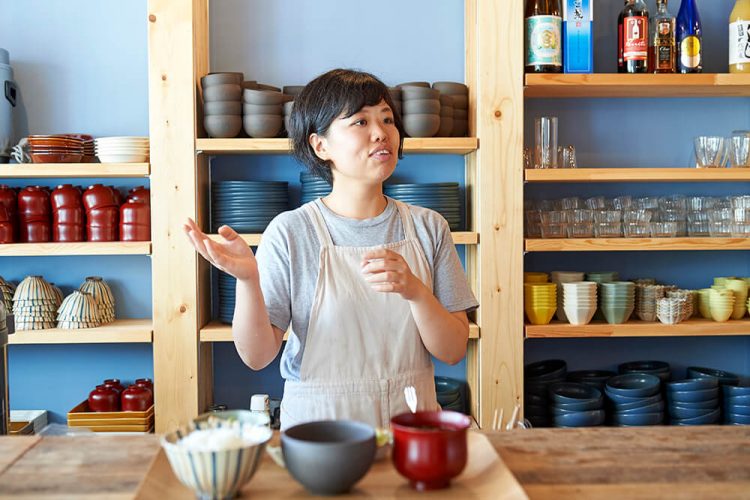
Watanabe says that most people who live and work in Kamakura love and care about the city. “Another reason why Kayac wanted to create Machino Shine Shokudo was to boost the number of people who want to work in Kamakura. We want to make Kamakura an attractive place not only to live, but also to work. With this in mind, this spring we began operating Machino Hoikuen, a community daycare center. From a business perspective, making the city more attractive makes it easier for us to employ brilliant talent. We are committed to engaging in initiatives that make Kamakura a better place to live and work.”
Watanabe says there are many people who share this sentiment.
“When we visit restaurants we’d like as participants in Machino Shine Shokudo and explain the purpose of the cafeteria, over 90 percent agree to participate ‘as long as it benefits people working in Kamakura’. It’s not a big revenue stream for the restaurants, and it’s an extra burden for them because they have to prepare the meals on top of operating their own businesses. So, seeing how readily they cooperate when we speak with them despite the downsides, reminds me how much people who live and work here love their city. I think it’s typical of Kamakura that people enthusiastically pitch in, even though it’s an experiment that’s never been done before.”
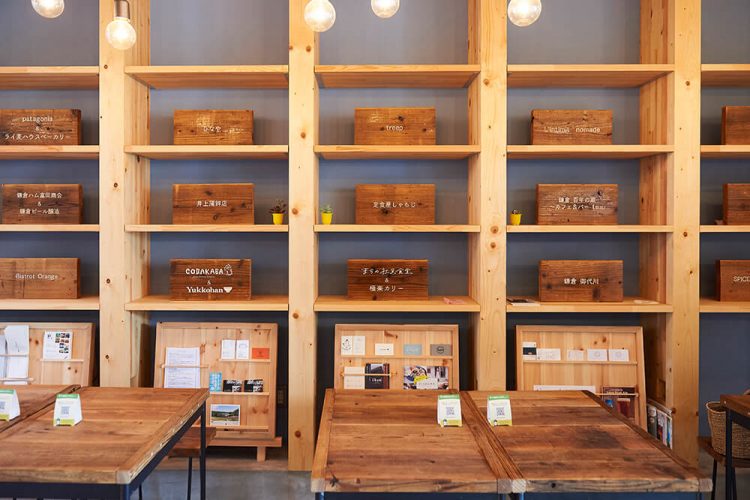
The number of member companies is also on the rise.
“The city hall is a supporting member of the cafeteria. Many officials come here for their meals. At this place, you can see city hall officials exchanging words with business people and people from different companies becoming acquainted with each other. We aim to further develop the cafeteria as a spot where people can talk and get to know each other and as a spot where people can experience the delicacies of Kamakura.”
The aura Kamakura has of a city where new and good things are happening may well arise from the breakfasts at this wonderful cafeteria.
